Since Walt Disney World first opened in 1971, the resort has been ever-evolving. From the early years of the “Vacation Kingdom of the World” to its current incarnation as a four-theme park, potentially self-contained vacation destination, each decade of Disney World’s existence has brought a slew of changes.
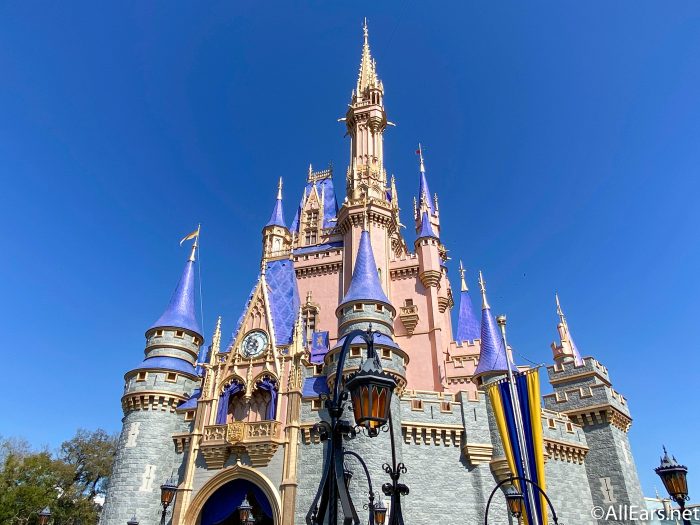
To really drive home how Walt Disney World has evolved over the years, perhaps a little experiment is in order. We’re going to look through the eyes of a guest visiting Disney World every ten years from its opening day to the present.
Welcome to Walt Disney World — by the decade!
1971
For those lucky enough to visit Walt Disney World during its opening year, they experienced a vacation destination the likes of which had never been seen before.
Unsurprisingly, the largest draw at the time (and arguably still is) Magic Kingdom. The then-new park took the ultra-successful blueprint laid by Disneyland and replicated it on a gigantic scale. Everything from the castle weenie to the walkways were bigger, while the attractions were a mixture of improved clones and brand new rides and shows that couldn’t be seen in the park’s west coast counterpart.
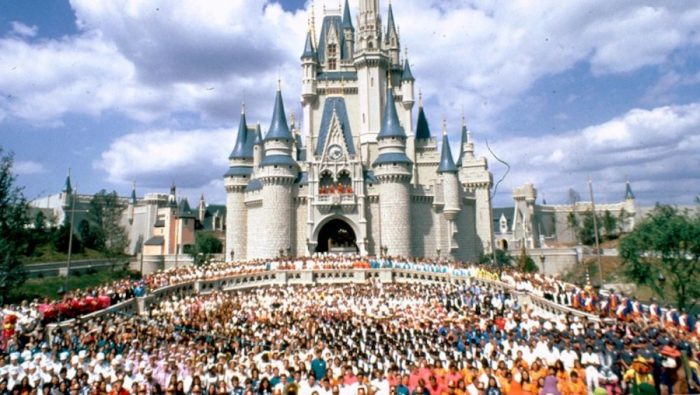
Beyond Magic Kingdom itself, early Disney World trips were built around the Seven Seas Lagoon. Guests could choose to stay at the Polynesian Village Resort, the Contemporary Resort (both of which offered dining and entertainment options as well as watercraft rentals and access to the Monorail), or First Wilderness Resort and Campground.
In addition to the fun of what was, part of the appeal of Walt Disney World during its opening year was the promise of what could be. Even then, Disney actively touted the amount of available space they had to expand both Magic Kingdom and the Walt Disney World resort as a whole.
1981
Opening day guests returning to Walt Disney World a decade later in 1981 would find a resort that had substantially grown in the previous ten years while still maintaining the same basic structure.
During its first decade, Magic Kingdom added several E-Ticket attractions that are still major draws for the park today, The first of these was Pirates of the Caribbean in 1973, which was quickly added thanks to guest demand.
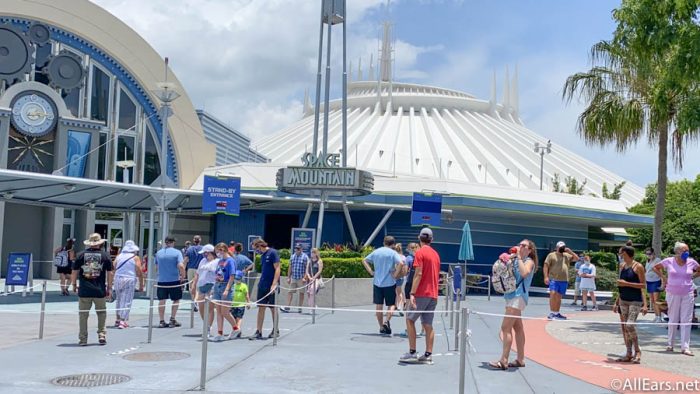
Magic Kingdom saw the additions of Space Mountain and Big Thunder Mountain in 1975 and 1980 respectively. These massive, roller coaster style attractions were the first true thrill rides at Walt Disney World and forever changed the type of attractions Imagineering developed for the parks and how guests toured the park.
Outside the park, the overall Walt Disney World complex had grown as well. The World’s Resort hotel offerings expanded twice: The Disney Village Resort (later known as the Disney Institute and the grounds of which are now part of Saratoga Springs) opened in 1972, and The Golf Resort (now known as Shades of Green) opened in 1973.

Hotel rooms weren’t the only things to open at Walt Disney World in the 1970s, though. Someone visiting in 1981 for the first time in a decade would also find the Disney Village Marketplace (opened 1975, the earliest version of the area now known as Disney Springs) and Disney’s River Country (the first themed waterpark in the world, which opened in 1976).

1991
If the changes between 1971 and 1981 could be described as relatively incremental ones that upgraded the opening day Walt Disney World experience, the ones that occurred between 1981 and 1991 fundamentally changed what Walt Disney World was overall. Gone was the Magic Kingdom-focused Vacation Kingdom built around the Seven Seas Lagoon, and in its place was a massive vacation destination featuring three theme parks, thousands of hotel rooms, and a nightlife district.

While EPCOT Center was a massive success, the Walt Disney Company as a whole wasn’t doing well in the mid-1980s. After a series of attempted corporate takeovers, Michael Eisner and Frank Wells were installed as the company’s CEO and CFO respectively in 1984. The two would have a near immediate impact on Imagineering and Walt Disney World specifically through the rest of the decade.
One of the new executive team’s first mandates was to greenlight the construction of a third theme park as a way to curb competition from Universal’s then-upcoming Florida Studios park, which Eisner allegedly had foreknowledge of thanks to a pitch he heard during his time as CEO of Paramount Pictures.

Disney’s MGM Studios opened on May 1, 1989. The new park featured rides based around Hollywood films (including The Great Movie Ride and Star Tours) as well as an in-depth production tram tour that took guests around the then-active sets and animation studios housed at the park. Despite arguments from some that it was nothing more than a 1/2 day park, the Studios were a massive success from the start, and the company quickly began expanding the park to meet demand.
The summer of 1989 also saw the opening of two more expansions to Walt Disney World. First up was the the Disney-fied nightclub district Pleasure Island (located next to the Disney Village Marketplace), which provided a nighttime release for parents and other adult guests, while not so coincidently keeping them on-property instead of at the popular Church Street Station complex in Orlando.
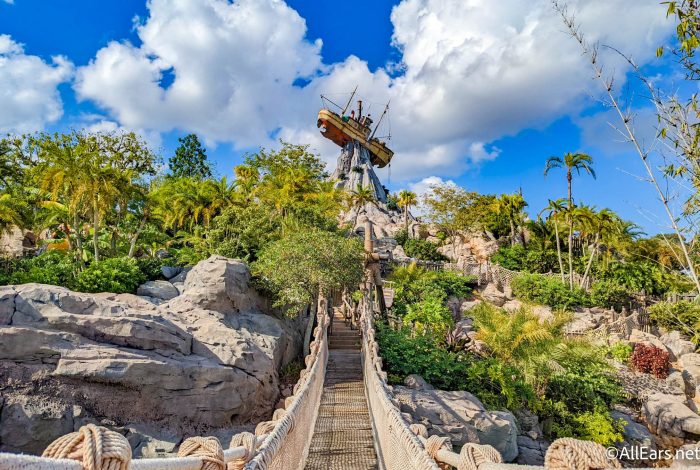
Next came Typhoon Lagoon, Disney’s second themed water park. However, unlike the purposely rustic River Country, Typhoon Lagoon featured more thrilling slides.
With all the new additions keeping people on property, Eisner and Wells quickly began expanding the the resorts amount of hotel rooms. Between 1981 and 1991, the company opened the new flagship Grand Floridan Resort and Spa as well as the Caribbean Beach Resort, the Yacht and Beach Club Resorts, the Port Orleans Resort, and the Old Key West Resort.

In the early 1990s, flush off the success of all their additions to Walt Disney World as well as the studio’s renaissance in animation, Eisner announced the ambitious “Disney Decade” plan, which laid out a litany of new additions the company was planning to build throughout the rest of the decade. Unfortunately, things didn’t go quite as planned.
And let’s not forget this little beauty from the World’s 25th anniversary:
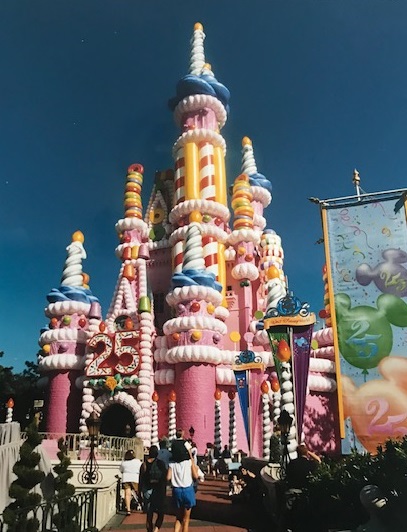
2001
Guests who’d last visited in 1991 would likely be somewhat confused at the state of the Walt Disney World complex in 2001. On the one hand, the resort featured a brand new, heavily-detailed theme park as well as new attractions at each of the other parks, a new water park, and even more hotels. On the other hand, many of the promised expansions heralded as part of the “Disney Decade” were either heavily compressed or not built at all.

The biggest addition, by far, to Walt Disney World between 1991 and 2001 was the resort’s fourth full-size theme park: Animal Kingdom. The gigantic park combined live animals and state of the art attractions with heavily-themed lands that immersed guests in realistic depictions of Africa and Asia as well as the more fanciful DinoLand USA.
Not to be outdone by its new sibling, each of Walt Disney World’s other three parks saw classic attractions open during the decade. Magic Kingdom welcomed its version of Splash Mountain in 1992, MGM Studios expanded with the Twilight Zone Tower of Terror in 1994 and the Rock N’ Roller Coaster in 1999, the same year EPCOT’s first E-Ticket, Test Track, opened. Unfortunately for the latter park, 1991-2001 saw the closure of many of its classic attractions including World of Motion, the original Universe of Energy, and Horizons.
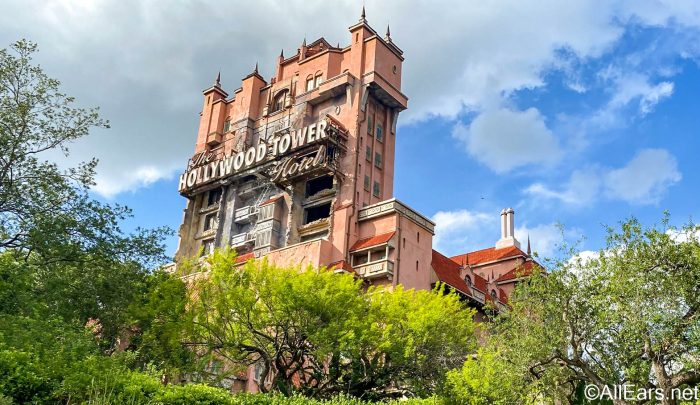
The 90s saw the opening of the property’s third water park, Blizzard Beach, which followed the Typhoon Lagoon blueprint of themed yet thrilling waterslides. Late in the decade, Pleasure Island, the Village Marketplace, and a newly built “West Side” area were consolidated into the Downtown Disney District. The Wide World of Sports Complex also opened during this period.
Eisner, whose power was consolidated after the tragic death of Frank Wells in 1994, continued pushing for new hotel rooms. The decade saw the opening of several more resort hotels, including the Wilderness Lodge, the All-Star Sports, Music, and Movies resorts, the Boardwalk Inn and Villas, the Animal Kingdom Lodge, and Coronado Springs.
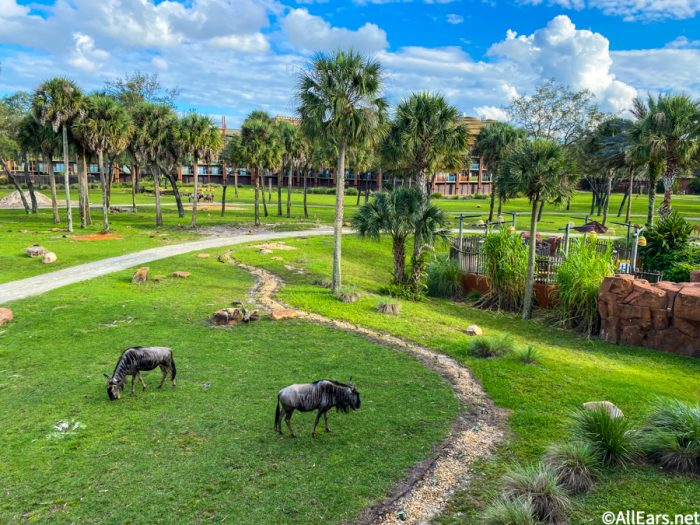
While these changes are nothing to sneeze at, many of the plans were substantially cut down thanks to the economic failure of EuroDisney in 1992. These issues would continue to plague Disney World (and the Walt Disney Company as a whole) in the decade to come.
2011
Arguably guests visiting Walt Disney World in 2011 for the first time since 2001 would find the resort in the midst of its most stagnant period.
The resort did see the opening of several major attractions, including Mission: SPACE and Soarin’ Over California at EPCOT, Expedition Everest at Animal Kingdom, and Toy Story Mania at Hollywood Studios (which acquired a new name in 2008). However the resort’s crown jewel, Magic Kingdom, saw no major additions during the decade.
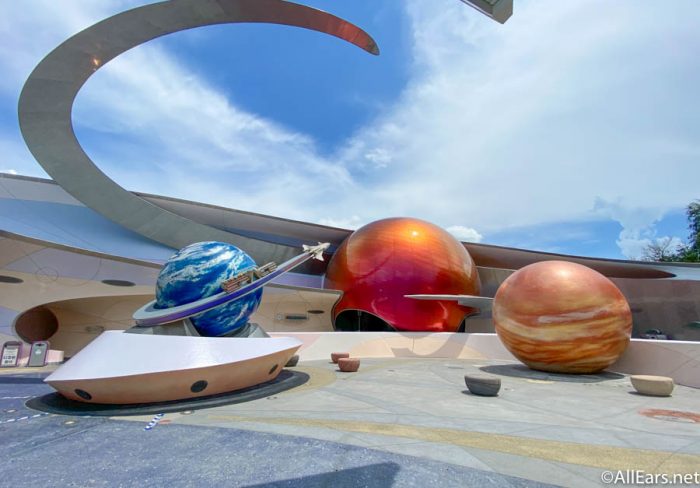
Even hotel construction slowed down, with only Pop Century, Saratoga Springs, and several villas for Disney Vacation Club members opening during this period.
The reasons for this lack of construction vary. In addition to the economic fallout from EuroDisney, there was also fallout from the ousting of Michael Eisner in 2005. In addition, several planned projects faltered when the films they were tied to bombed at the box office. However, things would change in the following decade, arguably thanks to some magical competition.
2021
Those visiting Walt Disney World this year for the first time since 2011 will likely be shocked at the scale of some of the additions made to Walt Disney World over the past ten years.

The opening of Universal Orlando’s Wizarding World of Harry Potter in 2010 changed the game for theme parks. The highly detailed and immersive land didn’t only allow visitors to experience a Harry Potter ride, it literally put them into the world of the film series. Everything from the buildings and bathrooms to food and souvenirs were intricately designed to match the beloved series. Not so coincidently, Disney has opened three lands of similar scope since 2011.
The first was the New Fantasyland expansion, which opened in phases between 2012 and 2014. The expanded and rethemed land features the Seven Dwarf’s Mine Train coaster, the Under the Sea ~ Journey of the Little Mermaid, and areas themed to Beauty and the Beast and Dumbo’s circus.

Three years later, Animal Kingdom saw the opening of Pandora: The World of Avatar. Themed after director James Cameron’s hit film Avatar, this land allows guests to visit the home planet of the Na’vi through the Flight of Passage and Na’vi River Journey attractions as well as dining and shopping options.
The crown jewel of Disney’s 2010s themed lands is Star Wars: Galaxy’s Edge, which opened at Hollywood Studios in 2019. This massive expansion puts guests directly into the Star Wars universe thanks to the breakthrough Rise of the Resistance attraction as well as Millennium Falcon: Smugglers Run and numerous other interactive experiences.

Hollywood Studios also saw the opening of Mickey and Minnie’s Runway Railway in 2020, which took over the space that previously housed the Great Movie Ride. The new attraction is notable for being the first Disney attraction to star Mickey Mouse.
EPCOT saw a controversial addition, as the Maelstrom attraction in the World Showcase Norway pavilion was closed to make way for a boat ride themed to the massively popular film Frozen. Despite the anger of purists, the change was massively popular among guests and seems to be serving as a template for the on-going refurbishment of the park, which is incorporating more IPs.
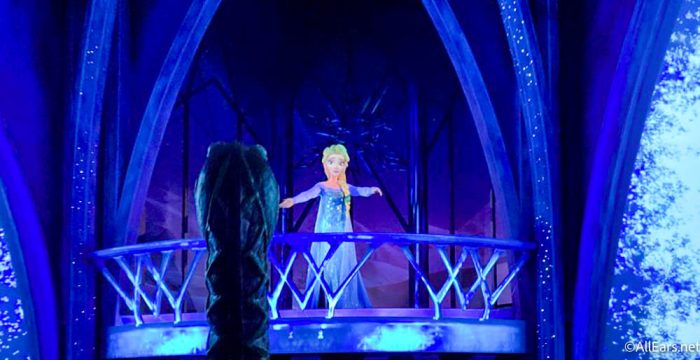
The decade also saw the transformation of Downtown Disney to Disney Springs, which transformed the entire area in both appearance and backstory.
Even during Walt Disney World’s 50th Anniversary Celebration, we’ve seen new attractions open and some inch nearer to completion. We can only imagine how much we’ll be able to add to this list by 2031!
Which of these years would you like to go back and visit Walt Disney World? Let us know in the comments below.

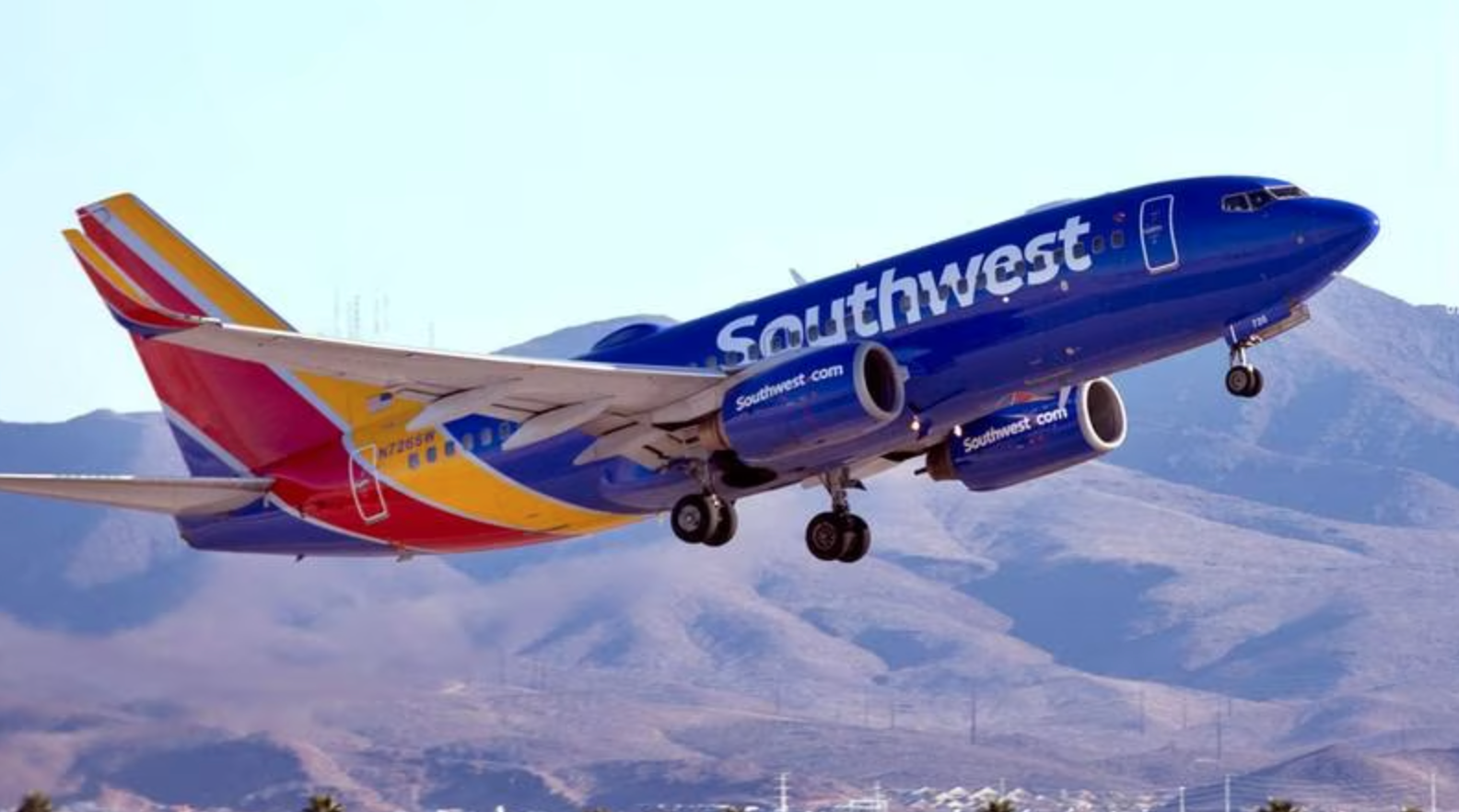

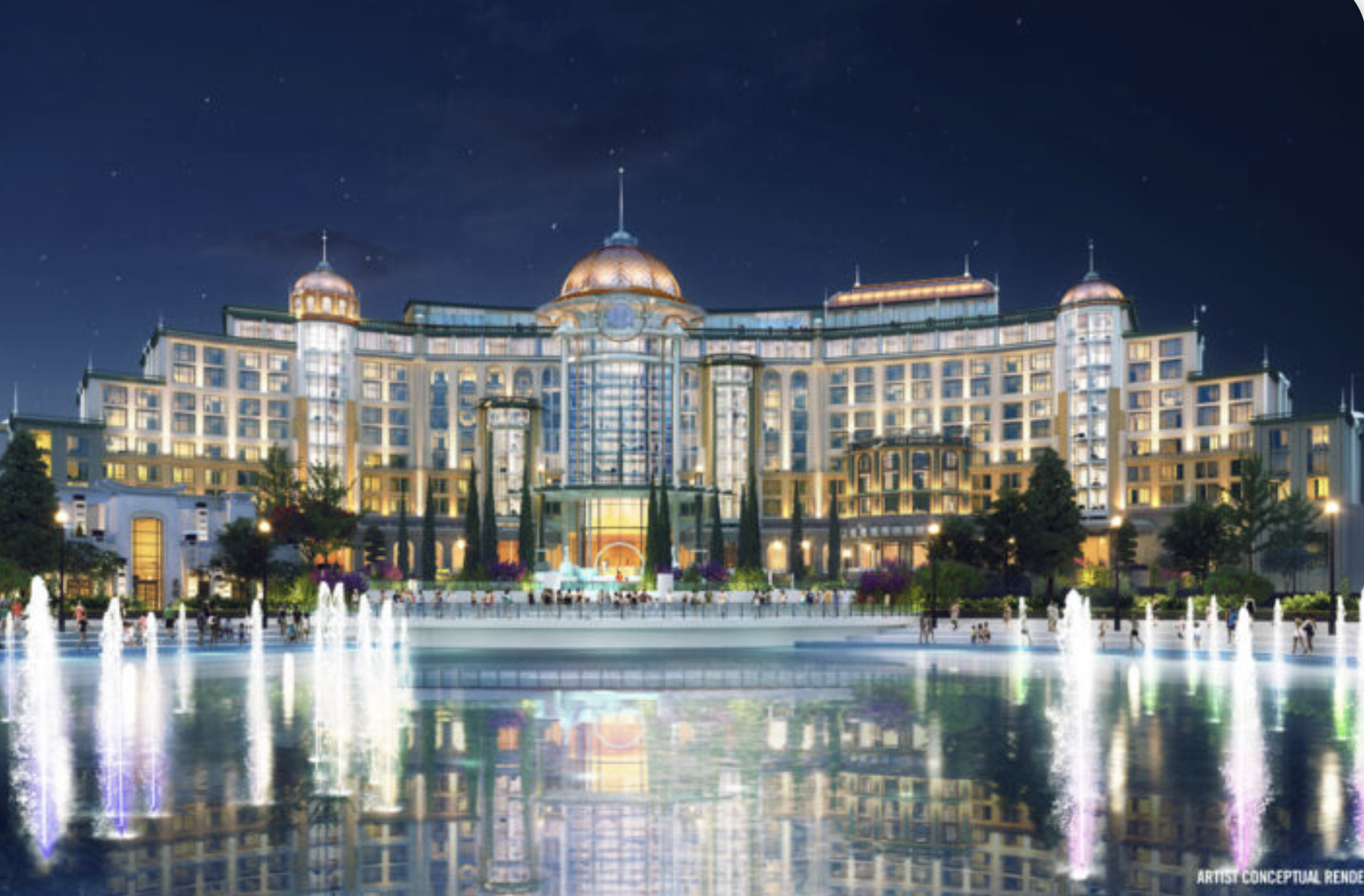
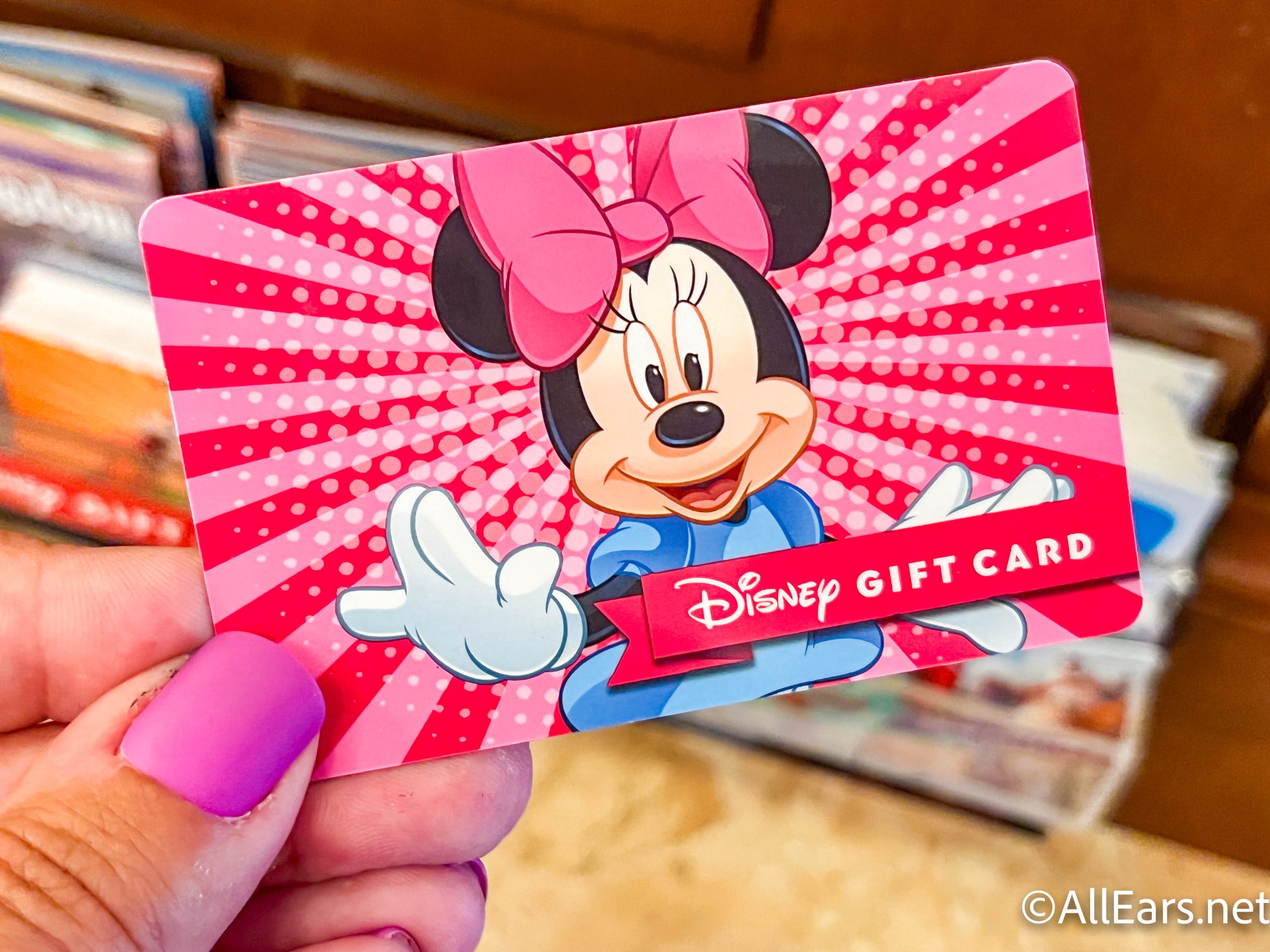
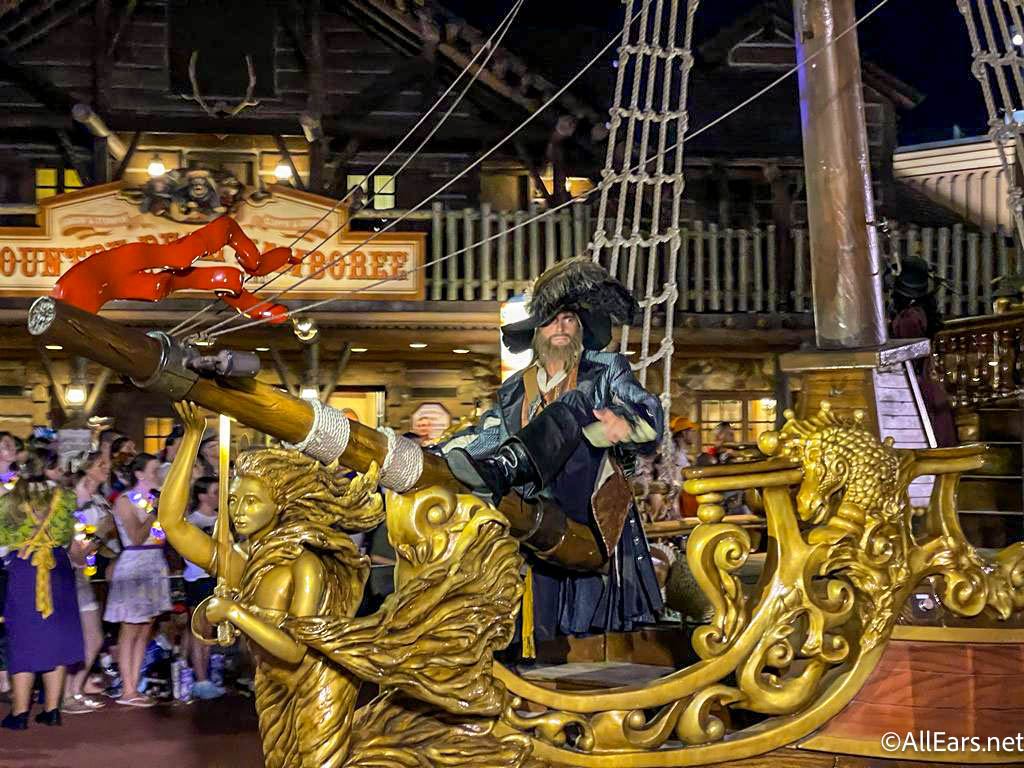
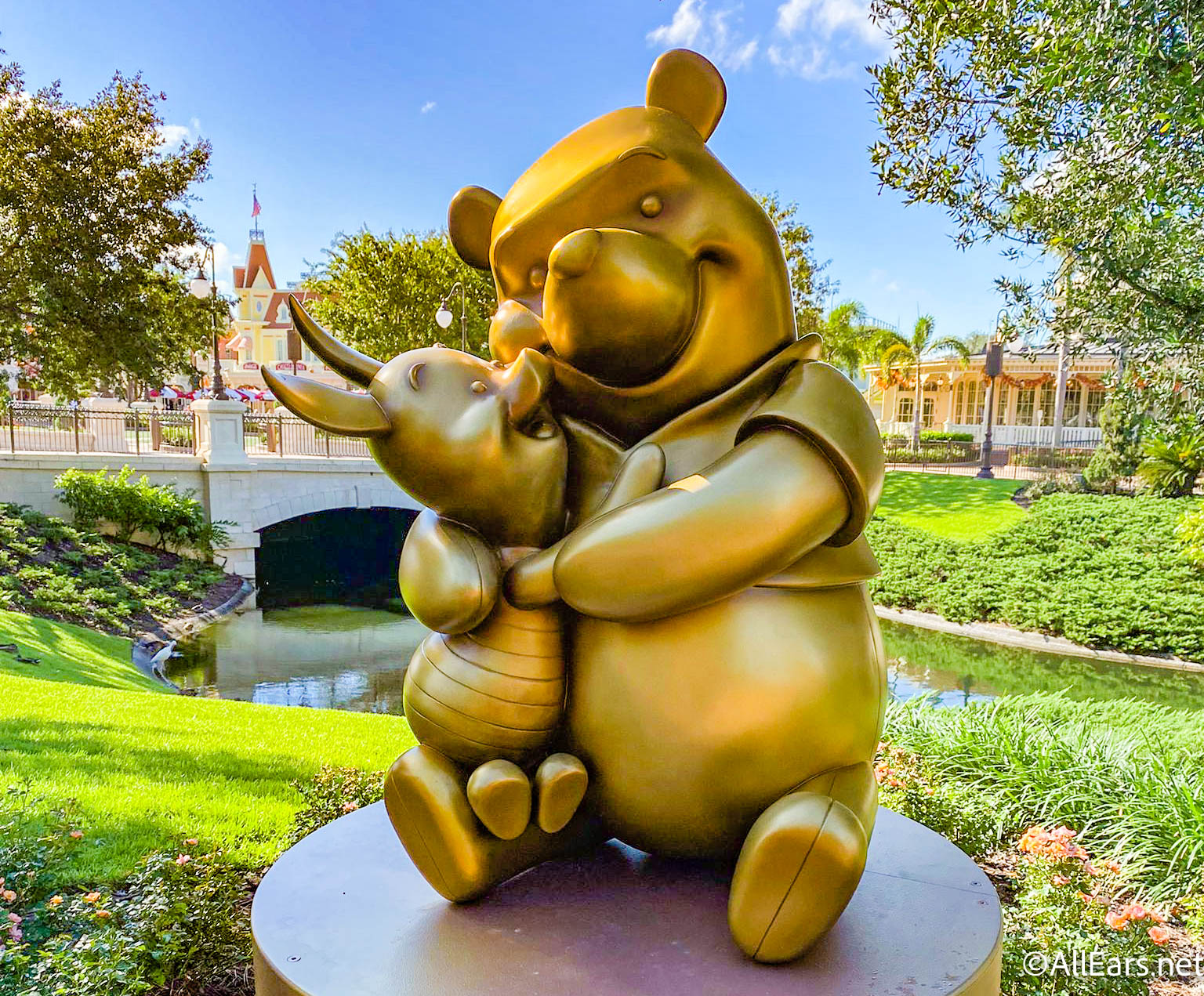
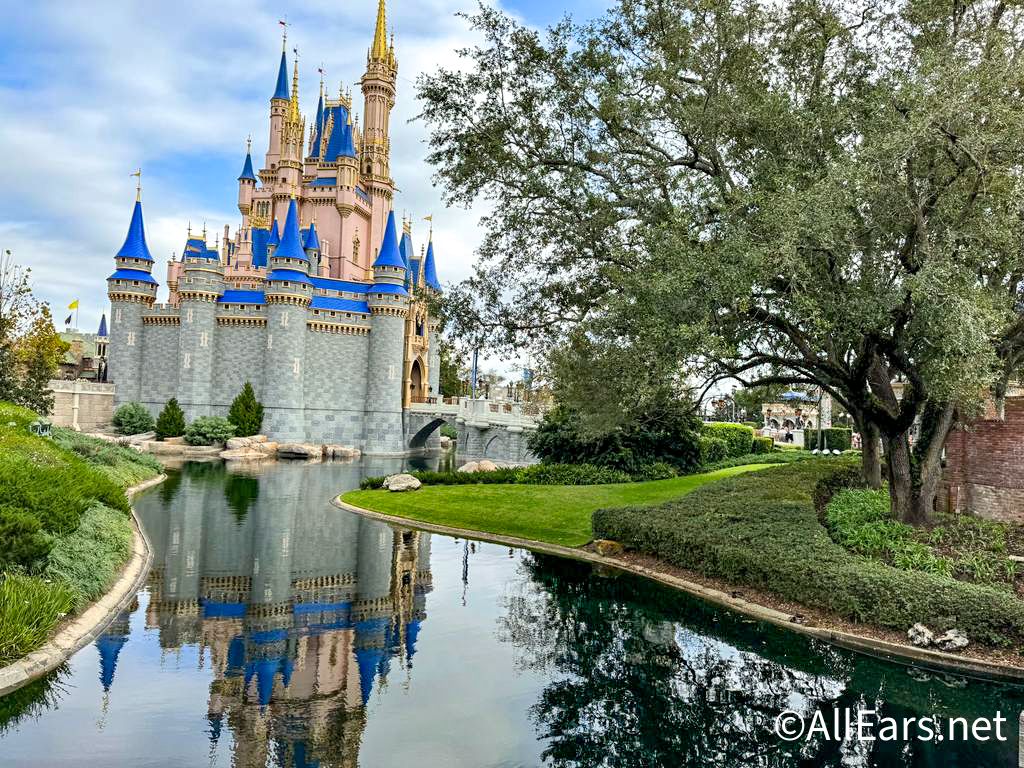
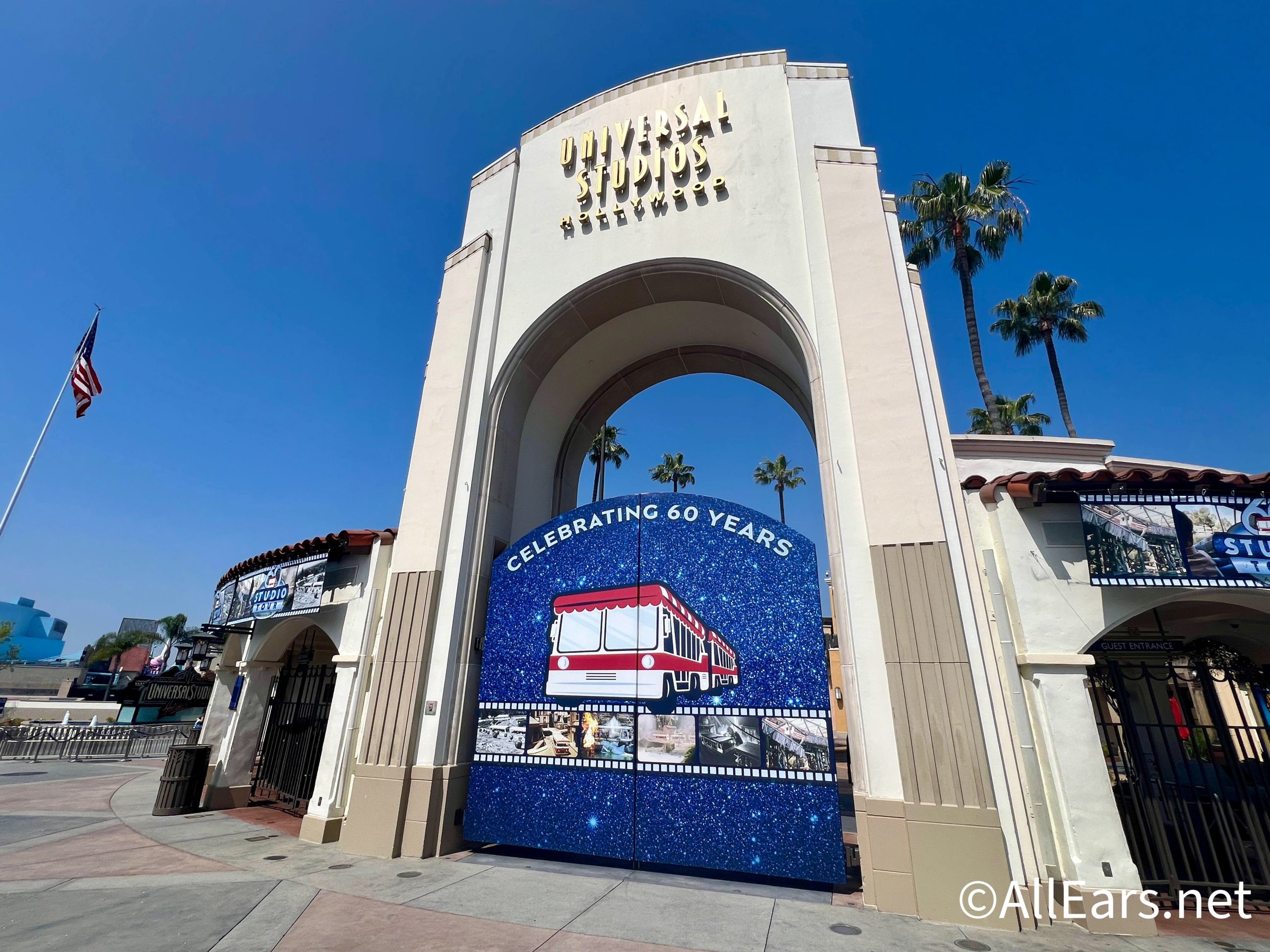

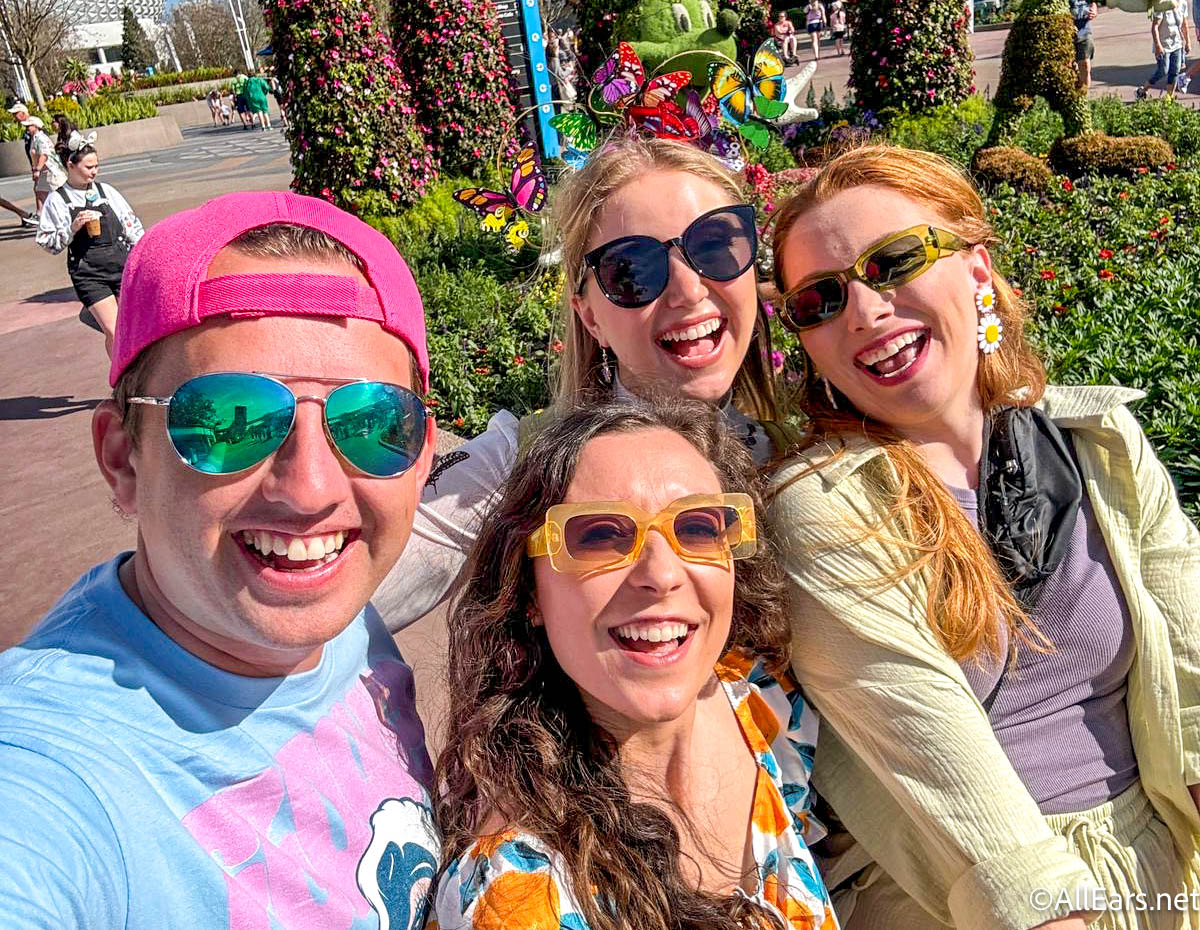

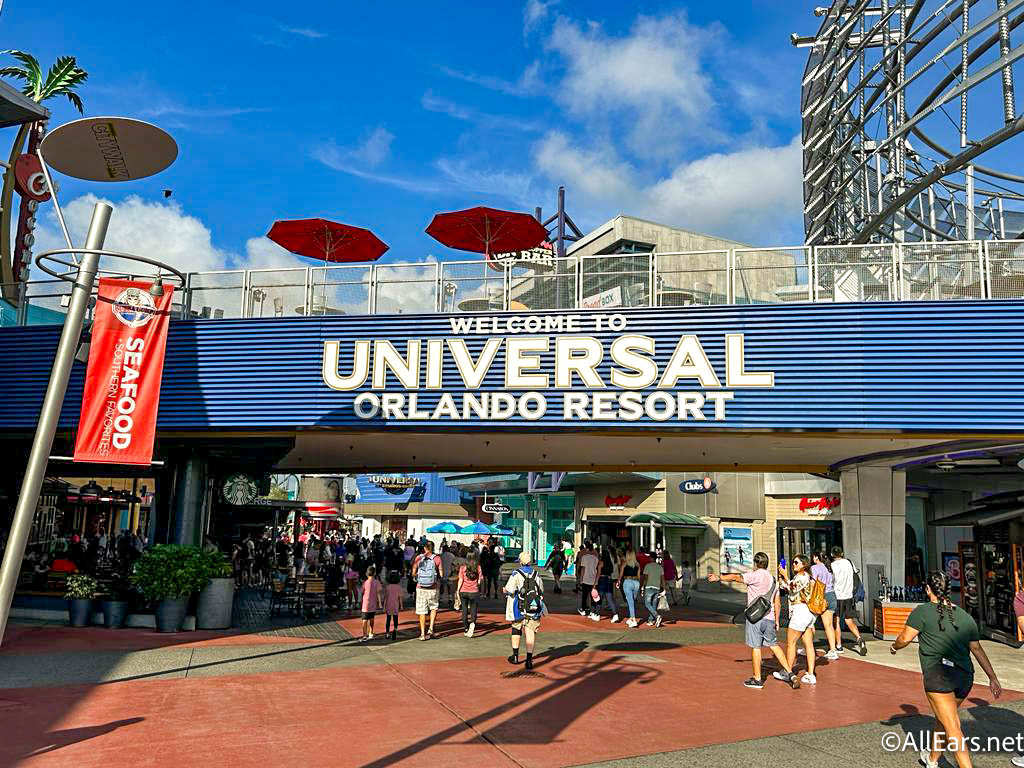

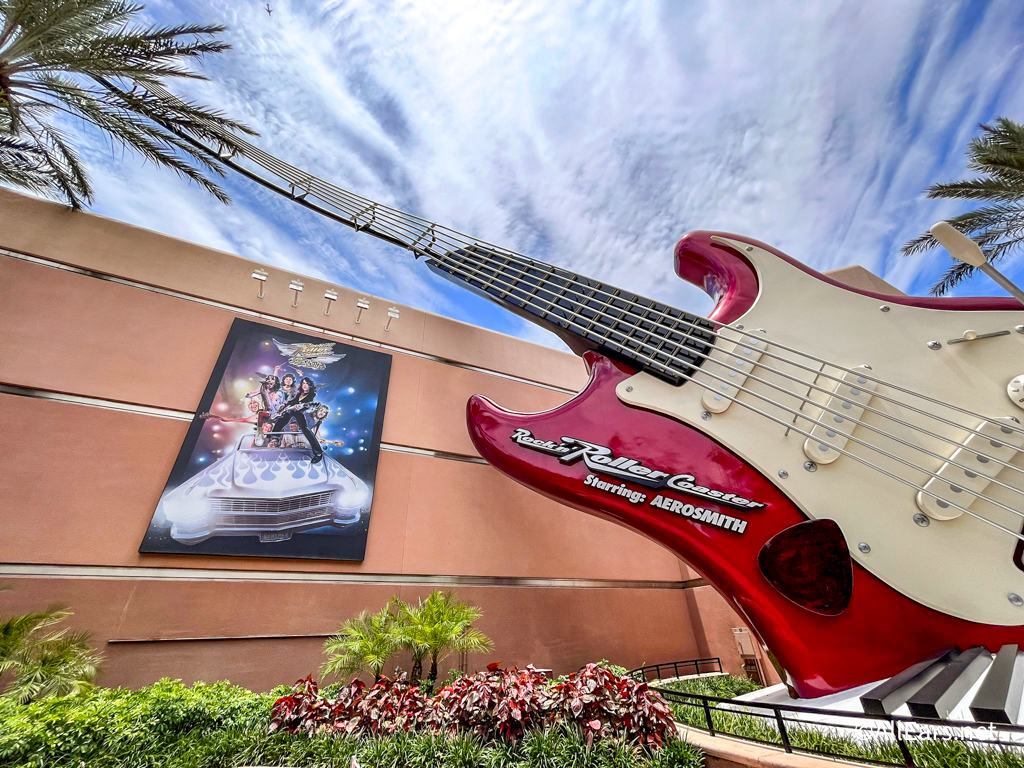
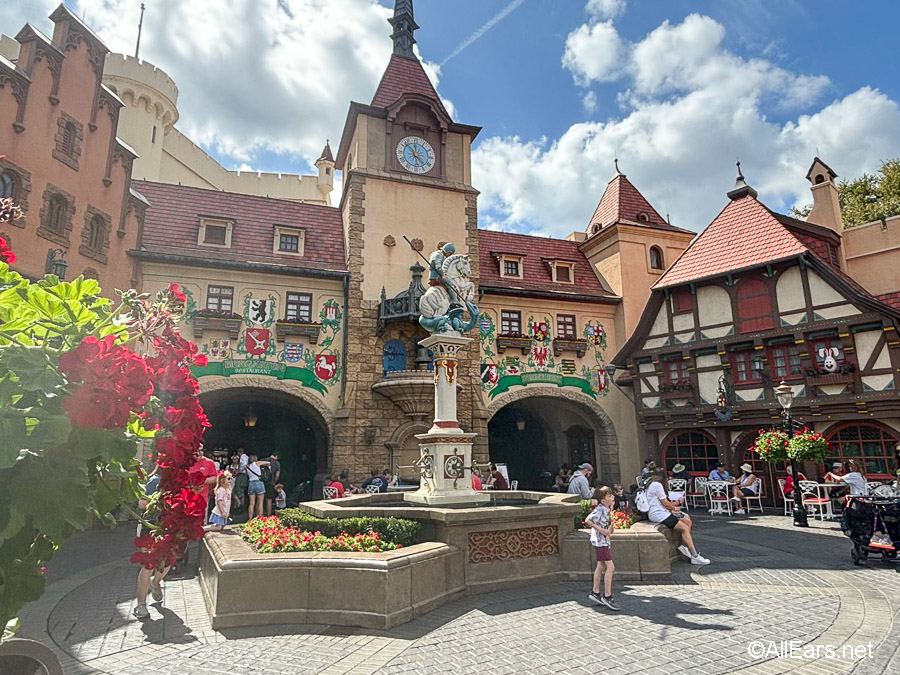
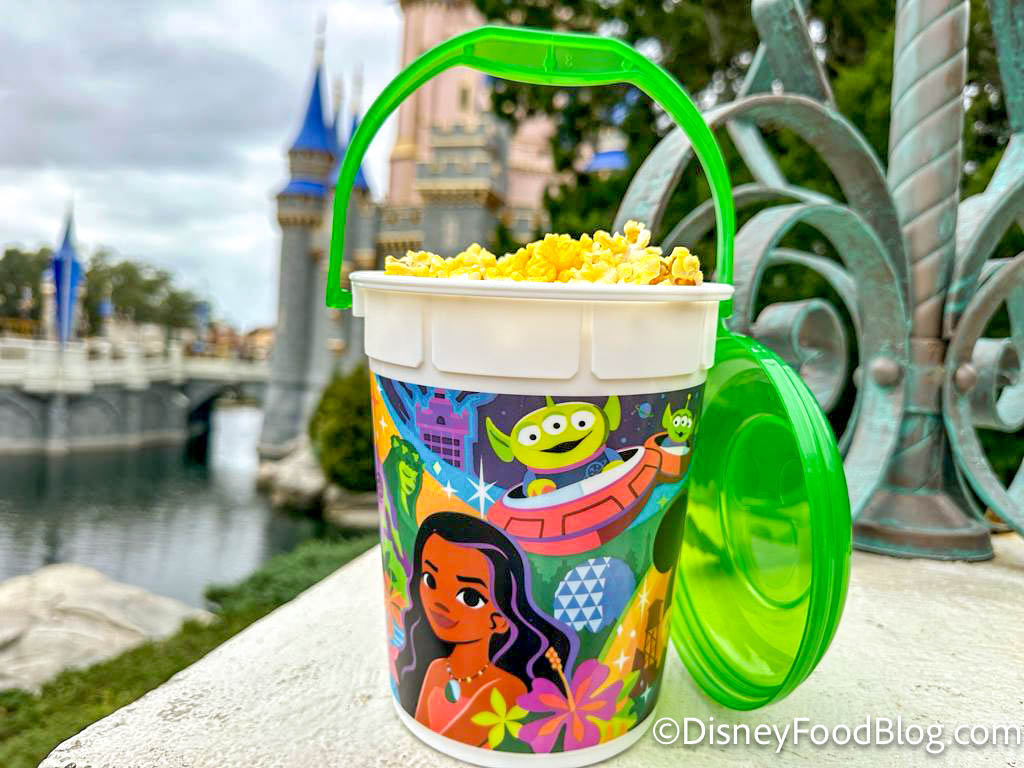
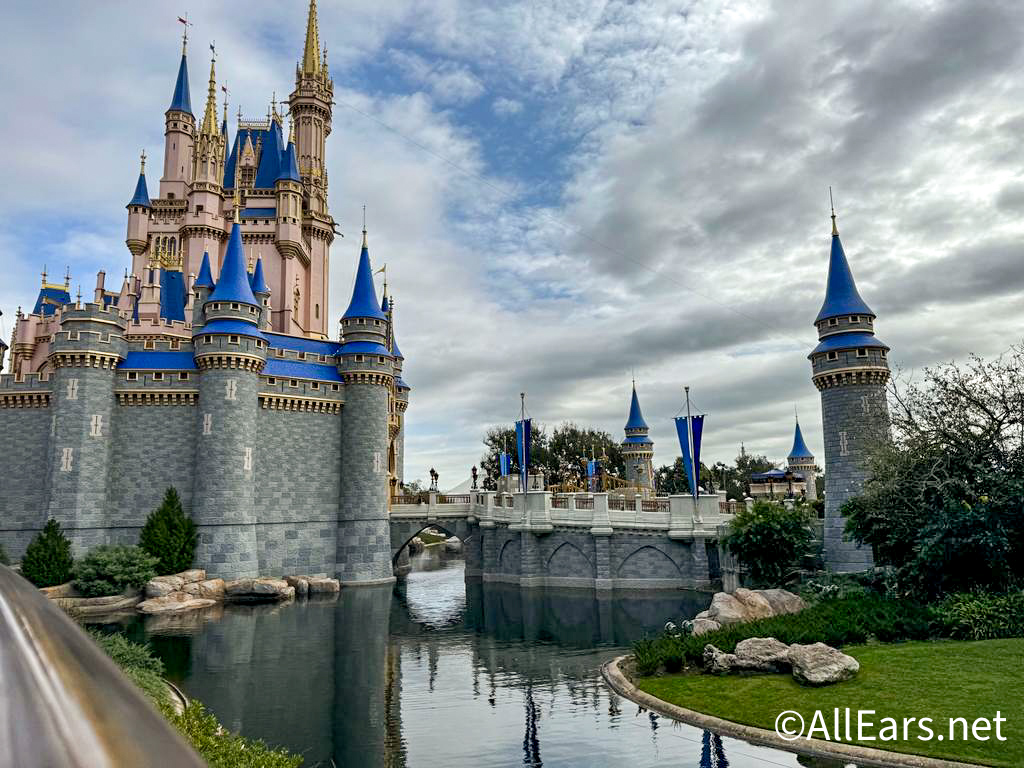
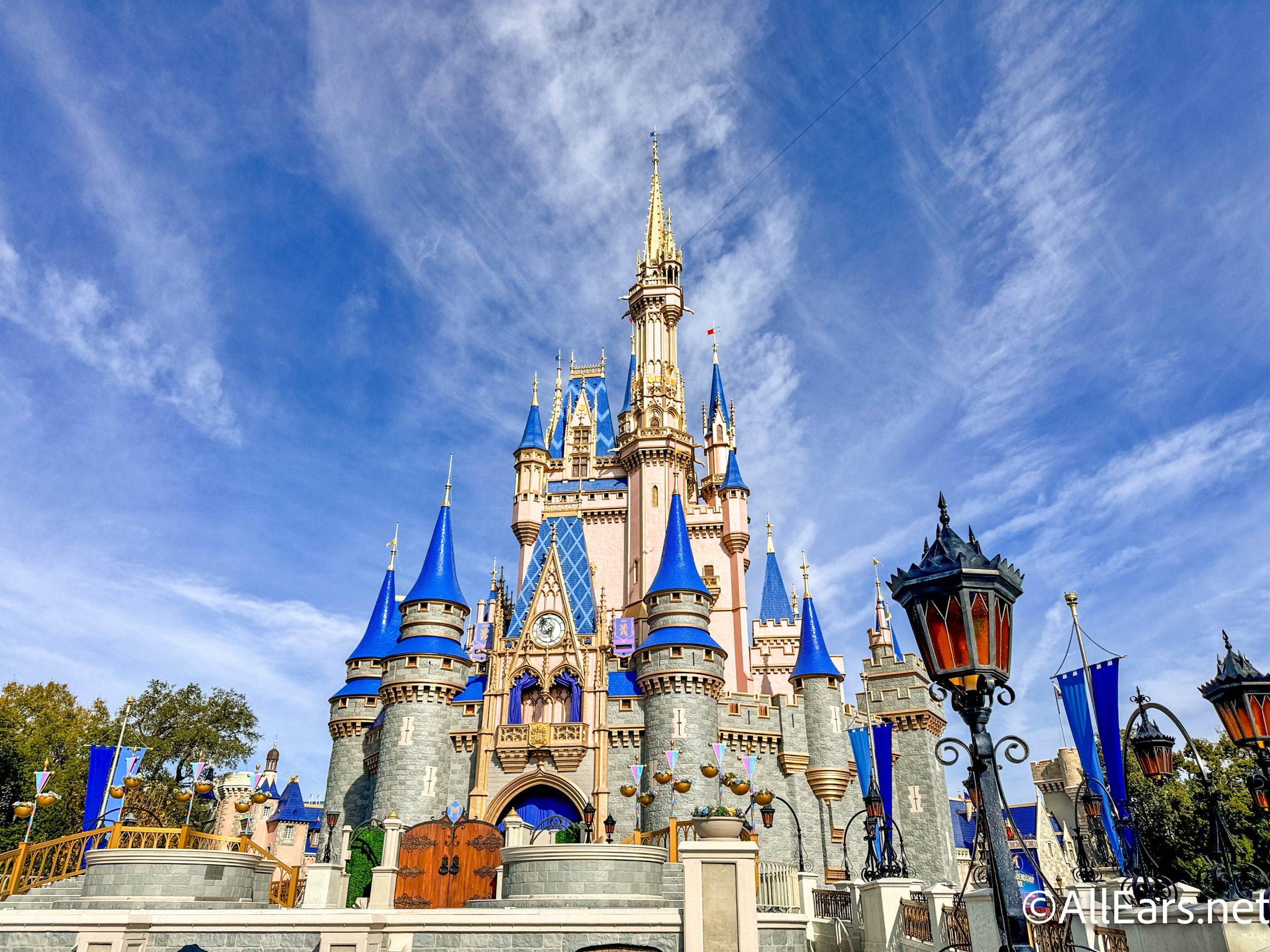
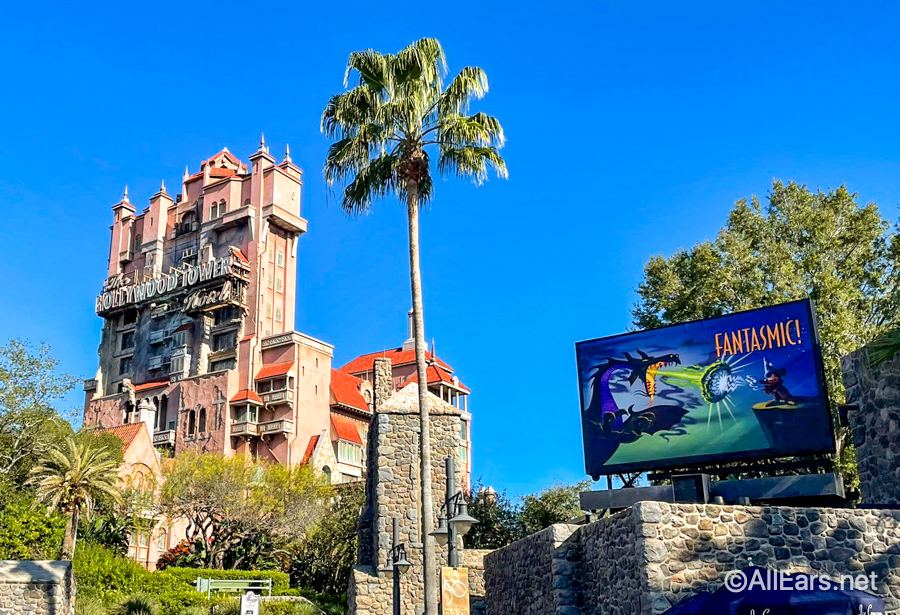


Very interesting read. It’s quite amazing to see how they improvised the passes. This was so informative!